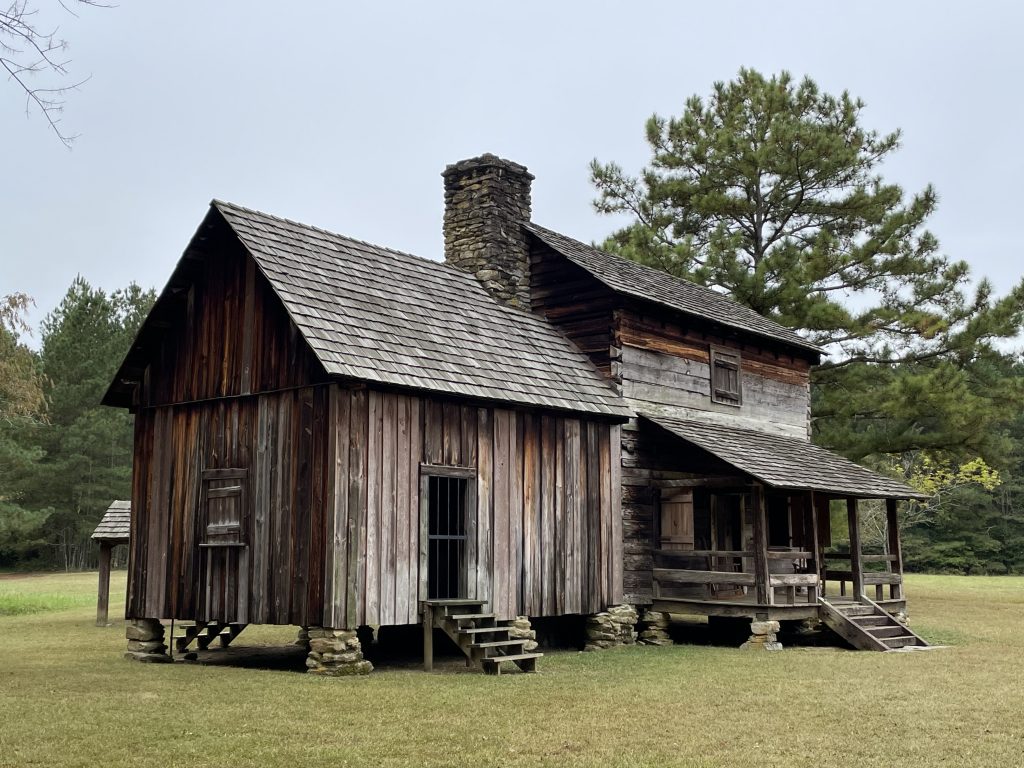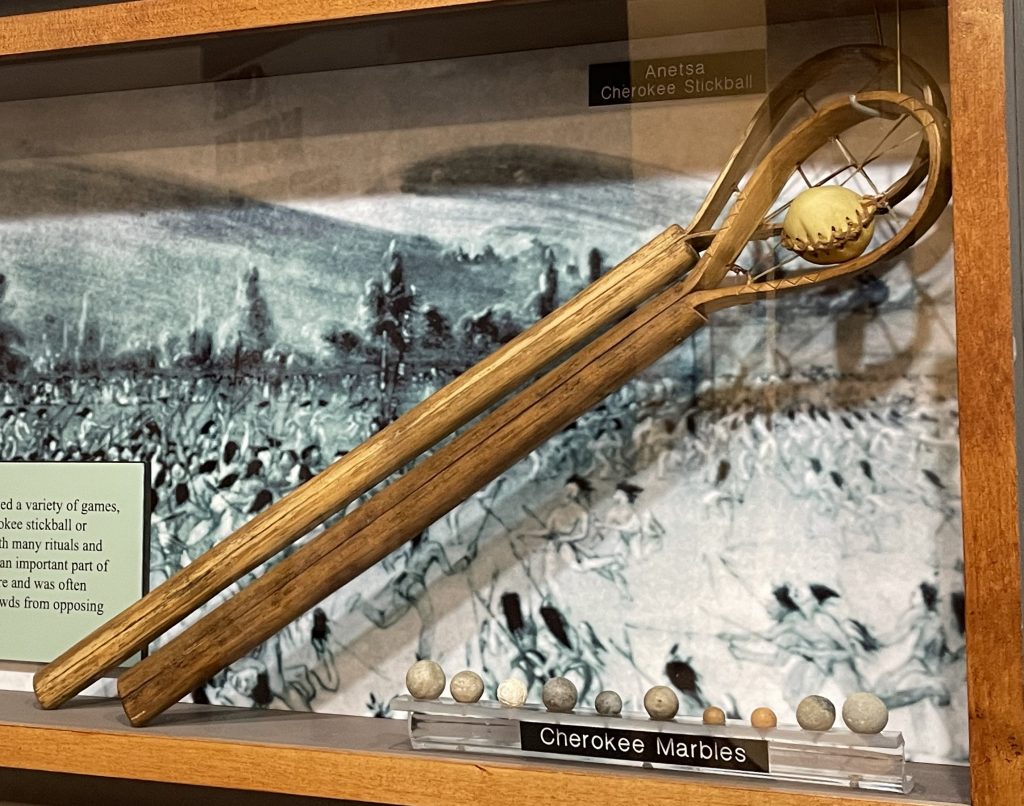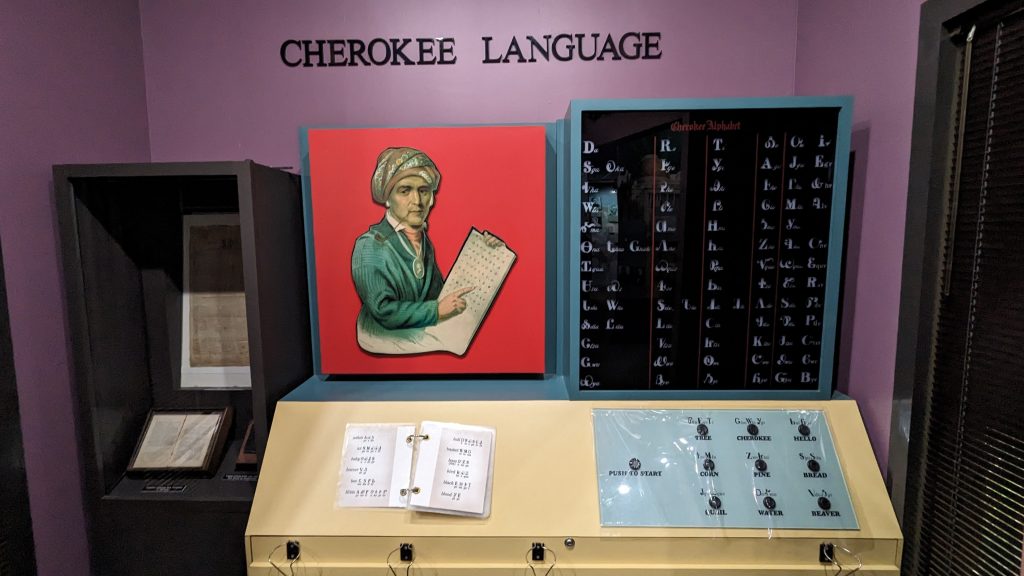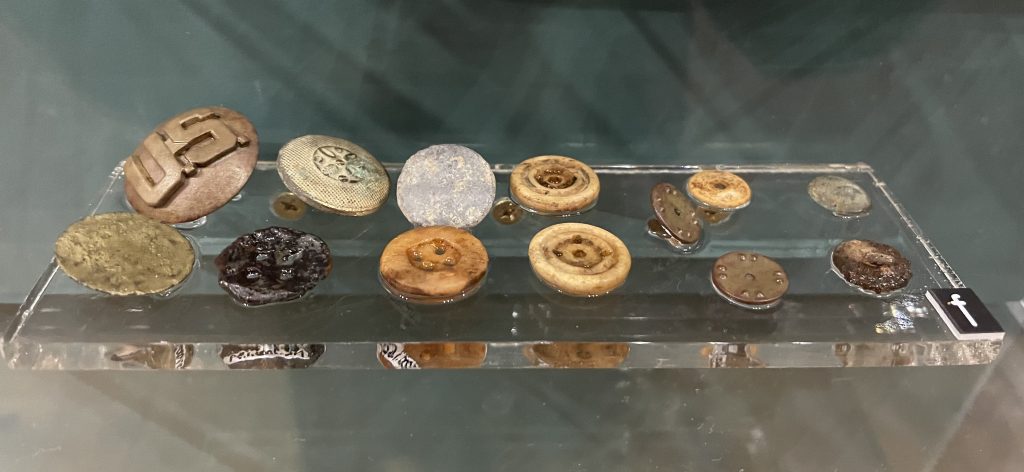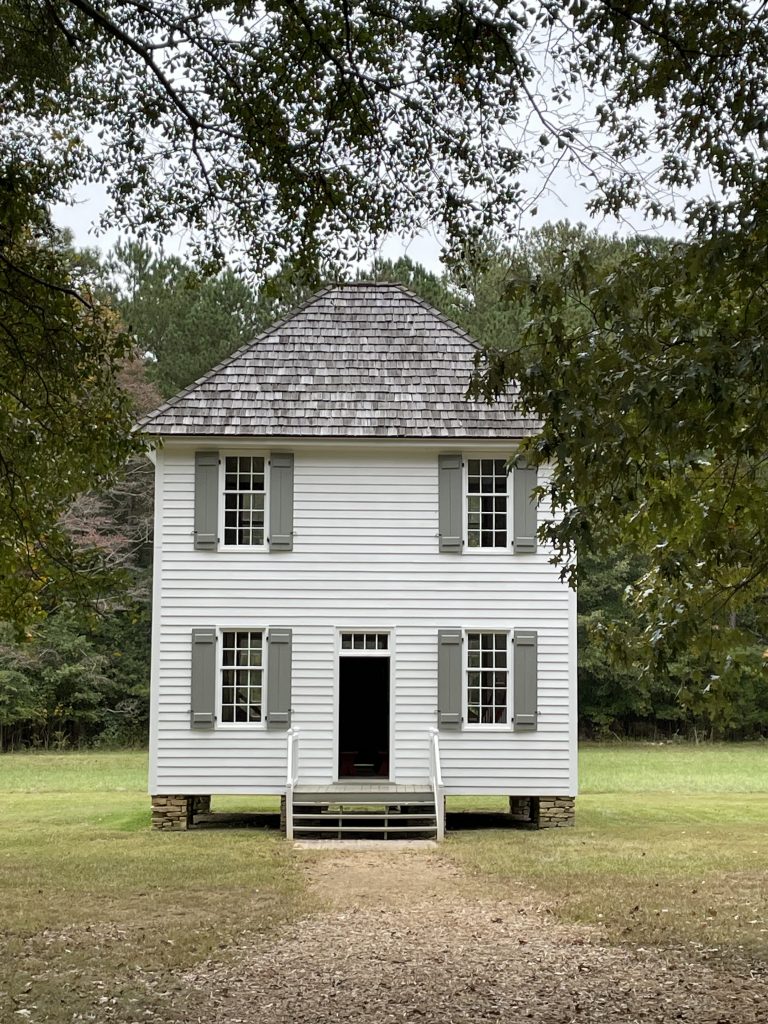
Normally I eschew sites that are reproductions, but I made an exception for the New Echota State Historic Site in Calhoun, Georgia due to its connection to the Trail of Tears, one of the subjects I hope to learn more about as we travel these United States.
New Echota was the capital of the Cherokee Nation in the United States from 1825 until their forced removal in the late 1830s.
Among the buildings on the site were a council house and a supreme court for adjudicating civil and criminal disputes.
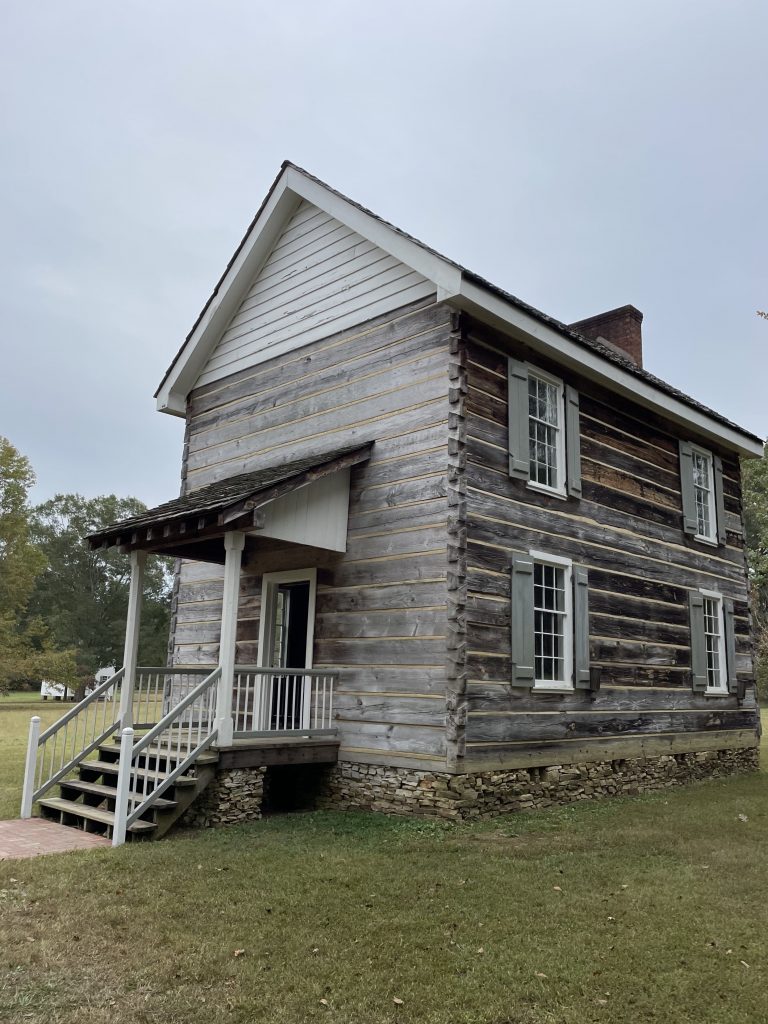
They also built a printing shop where they published the Cherokee Phoenix, the first newspaper of its kind. Written Cherokee language had only been created in 1821 by Sequoyah (as we had previously learned at the Museum of the Alphabet in Waxhaw, Ga).
Of course homes and stores were also on the site, along with a tavern, ferry and mission station. The site had 70 year-round residents, but swelled to several hundred during council time.
In 1832, Congress passed the Indian Removal Act, which included dividing up land occupied by the Cherokees and allocating by lottery to European-American (white) settlers. The fact that the Cherokee had never ceded the land to the state was a minor detail in the minds of the leaders in Washington, D.C.
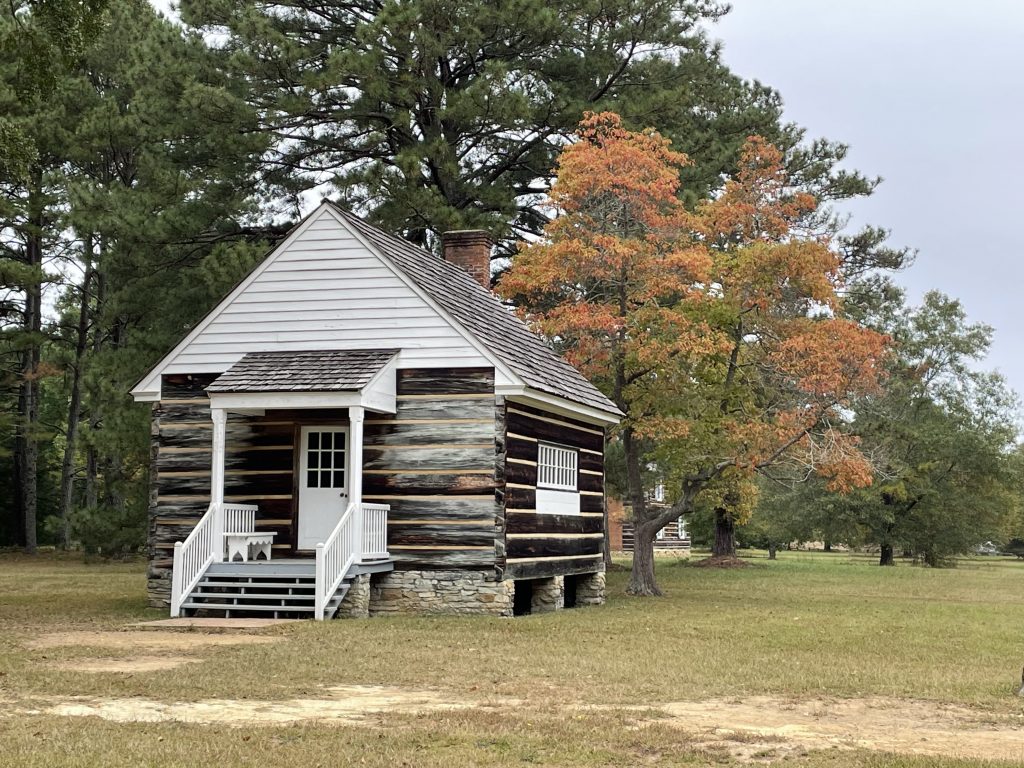
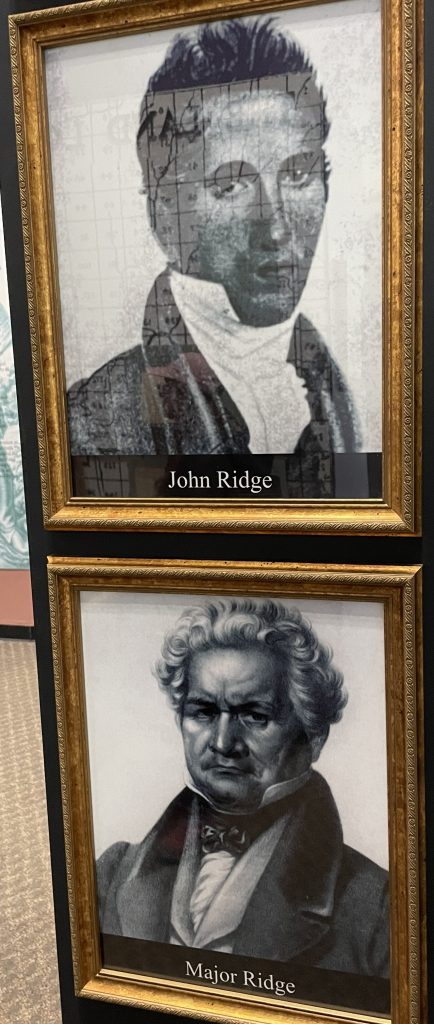
The U.S. Supreme Court actually upheld the Cherokee’s right to their land, but Georgia had their own ideas, evicting the Cherokees and otherwise applying pressure to vacate. They declared Cherokee laws to be void, and passed laws with the sole purpose of making Cherokee life miserable.
Seeing the writing on the wall, a small group of Cherokee led by Major Ridge signed the Treaty of New Echota, ceding the Cherokee land and agreeing to move westward, in exchange for preserving some rights as a people.
They believed the Cherokees would have sovereignty in the new territory.
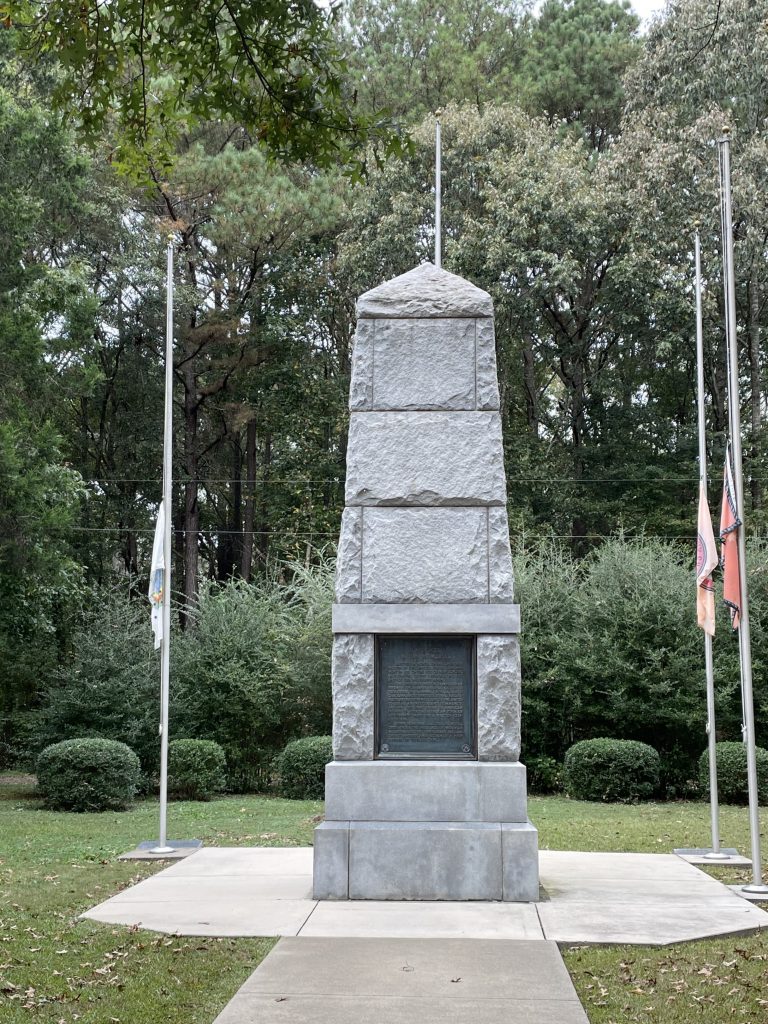
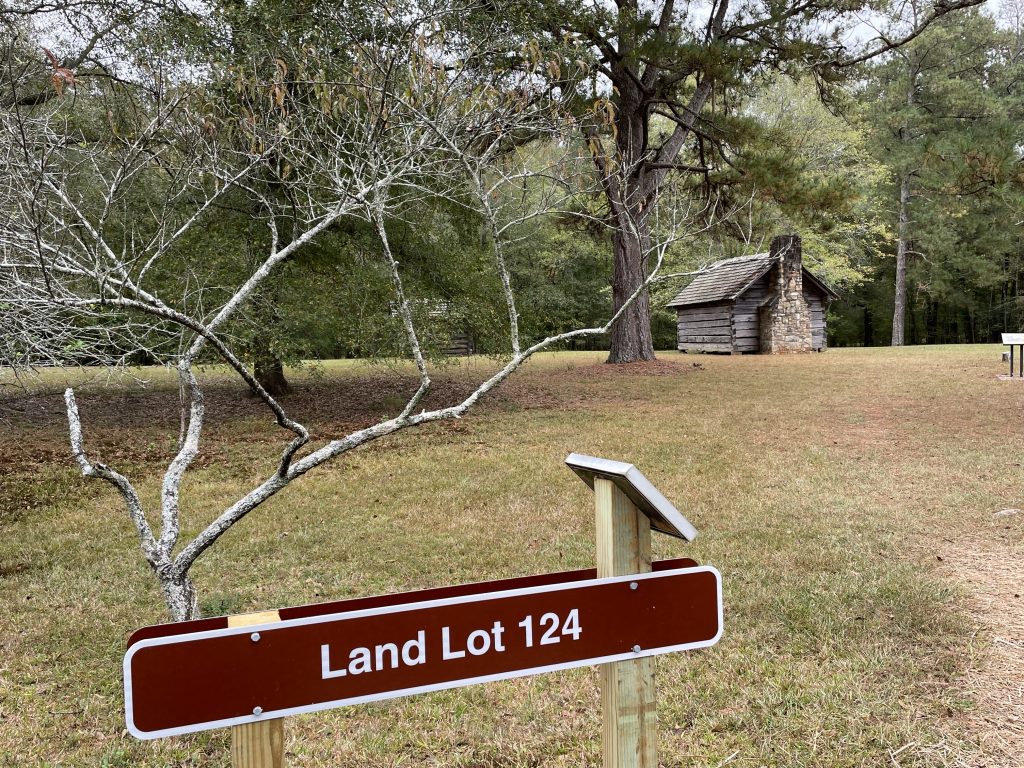
However, other larger groups of Cherokee (led by John Ross) did not agree with this tactic. They considered the treaty fraudulent and refused to move. The US government ratified the treaty, regardless, and then proceeded to enforce it ruthlessly. New Echota became in effect a Cherokee concentration camp in 1838, before the forced march Westward began.
More than 15,000 Cherokees were forced from their homes at gunpoint and held in stockades. 2,700 left by boat in June, 1838, but due to so much death and sickness occurring, further removal was put off until cooler weather arrived. Most of the remaining Cherokee set forth on foot, horseback or wagon in October and November. 4,000 of them perished on the 800-mile journey due to disease, exposure and starvation. The tragic journey has since been known as “The Trail of Tears.”
After the Cherokee removal, the capital at New Echota remained abandoned for more than 100 years. Eventually, in 1954, archeologists began researching the site, leading to its eventual designation a state historic site today. Most buildings were reconstructed, though one was still standing (and restored to its 19th century condition). In addition, Chief James Vann had owned 14 taverns across Georgia, and one of them was relocated to this site.
While driving, Doug and I listened to Trail of Tears: The Rise and Fall of the Cherokee Nation#AD by John Ehle. It was interesting to see the site in conjunction with the description of the site in the book.
All in all, the site is a memorial to a terrible tragedy of America’s history.
